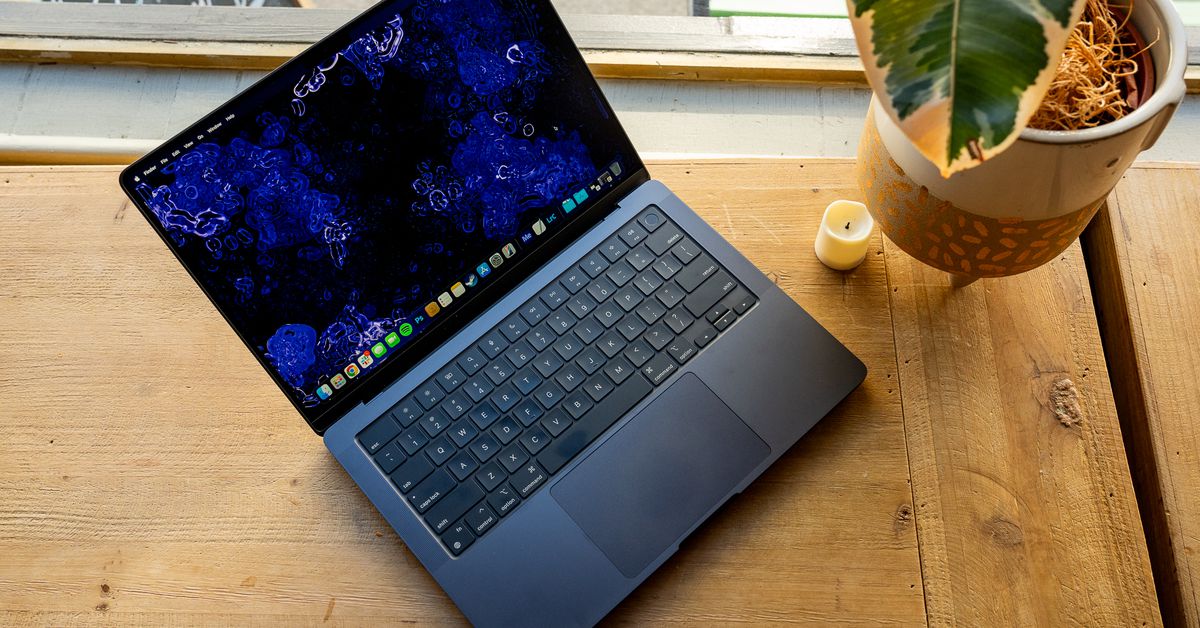Product Manager Mikhail Ushakov said that Parallels has added support for x86 emulation in Parallels Desktop 20.2 Wrote in a blog post last week“Early Technology Preview” will let you emulate Intel-based hardware on a Mac with an M1 or larger, a first for Parallels since Apple's Arm transition in 2020 — but don't expect stellar performance.
Parallels says users will be able to:
Run existing x86_64 Windows 10, Windows 11*, Windows Server 2019/2022, and some Linux distributions with UEFI BIOS via Parallels emulator.
Create new Windows 10 21H2 and Windows Server 2022 virtual machines.
However, with a boot time of seven minutes, performance will be “really slow”, Ushakov says. Other limitations include no external USB device support, Windows 11 24H2 is not supported, and you can only emulate 64-bit operating systems, although Ushakov says you can run 32-bit apps.
He writes that the option to start one of these VMs is hidden for now “to avoid false expectations” from those who do not need x86 emulation.
Version 20.2 brings some other changes, including support for automatic time and time zone syncing in macOS virtual machines on Apple silicon. It also adds Apple's AI-powered writing tools to the Windows right-click menu in the classic version of Word, PowerPoint, and Outlook. before you had to use A keyboard shortcut or the Edit menu of the macOS menu bar.


